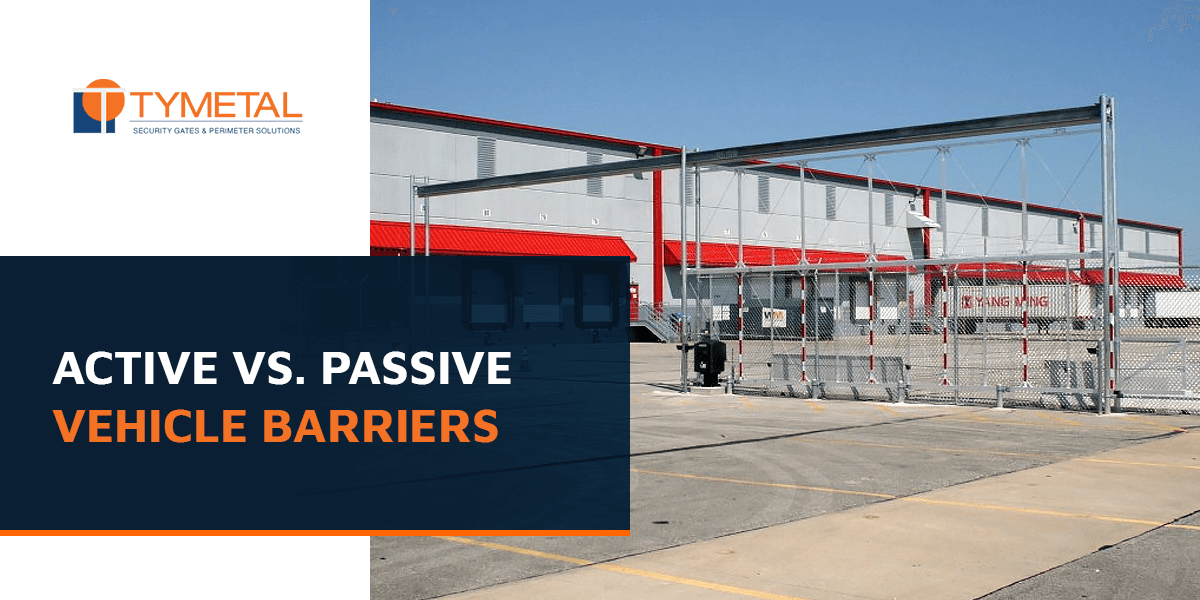Some Known Factual Statements About Wedge Barriers
Table of ContentsOur Wedge Barriers PDFsWhat Does Wedge Barriers Mean?


18 may be done quicker, conveniently, and expense successfully. FIG. In particular personifications, the anchor 30 might be a steel frame consisting of plates, beams(e. g., I-beams ), and/or various other structures that are safeguarded within the foundation 14, which may be concrete. At the surface area 12, an upper side 28 of the support 30 might be at the very least partially subjected
, thereby allowing the add-on of the obstacle 10 to the support 30. g., threaded holes)in several beams or plates of the support 30 may be revealed to the surface area 12. In this manner, screws 32 or various other mechanical fasteners might be utilized to safeguard the barrier 10 to the support 30. As the obstacle 10 is installed to the surface area 12 of the foundation 14, collection of particles and various other material under the barrier may be lowered, and elements of the bather 10 might not be exposed to below quality environments. As shown by recommendation character 52, the lifting device 50 includes elements disposed underneath the wedge plate 16. As an example, the parts 52 underneath the wedge plate 16 might consist of an electromechanical actuator, a camera, several web cam surfaces, etc. Furthermore, the training device 50 includes a springtime setting up 54
The spring pole 58 is combined to a web cam(e. g., camera 80 received FIG. 4) of the lifting system 50. The springs 60 disposed regarding the springtime pole 58 are held in compression by spring supports 62, including a dealt with spring support 64. That is, the fixed springtime support 64 is dealt with relative to the structure 14 and the remainder of the bather 10.
Excitement About Wedge Barriers
The staying pressure used to
the cam webcam deploy the wedge plate 16 may might provided by an electromechanical actuator 84 or other actuator. The spring setting up check out here 54 and the actuator 84(e. Wedge Barriers. g., electromechanical actuator)might run together to translate the camera and raise the wedge plate 16.
As mentioned above, the spring setting up 54 applies a consistent force on the cam, while the electromechanical actuator may be managed to apply a variable force on the web cam, thus allowing the training and decreasing( i. e., releasing and retracting )of the wedge plate 16. In specific personifications, the constant force applied by the spring assembly 54 may be adjustable. g., electromechanical actuator) is disabled. As will be appreciated, the spring assembly 54 may be covered and safeguarded from debris or other aspects by a cover plate(e. g., cover plate 68 shown in FIG. 4) that may be significantly flush with the elevated surface 38 of the foundation 14. As discussed above, in the deployed position, the wedge plate 16 serves to block access or travel beyond the barrier 10. The obstacle 10(e. g., the wedge plate 16 )may obstruct pedestrians or vehicles from accessing a residential property or path. As reviewed over, the barrier 10 is connected to the anchor 30 safeguarded within the structure 14,

front braces 71. Because of this, the link settings up 72 might pivot and rotate to allow the collapse and expansion of the link assemblies 72 throughout retraction and implementation of the bather 10. The linkage settings up 72 reason motion of the wedge plate 16 to be restricted. As an example, if a car is traveling towards the released wedge plate 16(e. For instance, in one circumstance, the safety legs 86 may be extended duringmaintenance of the barrier 10. When the safety and security legs 86 are released, the safety and security legs 86 sustain the weight of the wedge plate 16 against the surface area 12. Consequently, the training device 50 might be shut down, serviced, gotten rid of, changed, etc. FIG. 5 is partial viewpoint sight of a personification of the surface-mounted wedge-style barrier 10, illustrating the webcam 80 and the cam surfaces 82 of the lifting mechanism 50. Especially, two cam surface areas 82, which are described as lower webcam surfaces 83, are placed original site listed below the camera 80. The lower cam surface areas 83 might be taken care of to the surface 12 (e. For instance, the reduced camera surfaces 83 and the installing plate 85 may create a single piece that is secured to the support 30 by bolts or other mechanical fasteners. In addition, browse this site 2 webcam surfaces 82, which are described as top camera surfaces 87, are placed above the cam 80 and paired to (e. In various other personifications, interfering layers or plates may be positioned in between the surface 12 and the reduced camera surfaces 83 and/or the wedge plate 16 and the top webcam surfaces 87 As stated above, the cam
80 converts along the webcam surface areas 82 when the wedge plate 16 is lifted from the pulled back position to the released position. In addition, as discussed over, the spring setting up 54 (see FIG. 3 )may give a force acting upon the webcam 80 in the instructions 102 by means of spring rod 58, which might decrease the pressure the electromechanical actuator 84 is needed to relate to the camera 80 in order to activate and lift the wedge plate 16. 1 )to the released position(see FIG. 4). As revealed, the webcam 80 consists of track wheels 104(e. g., rollers), which contact and convert along the camera surfaces 82 throughout operation.